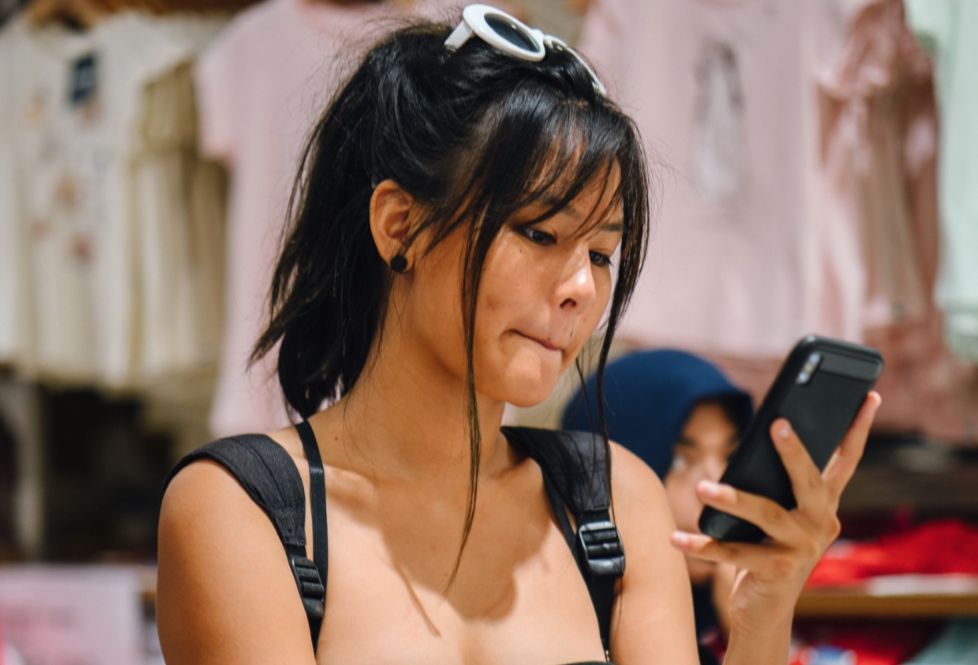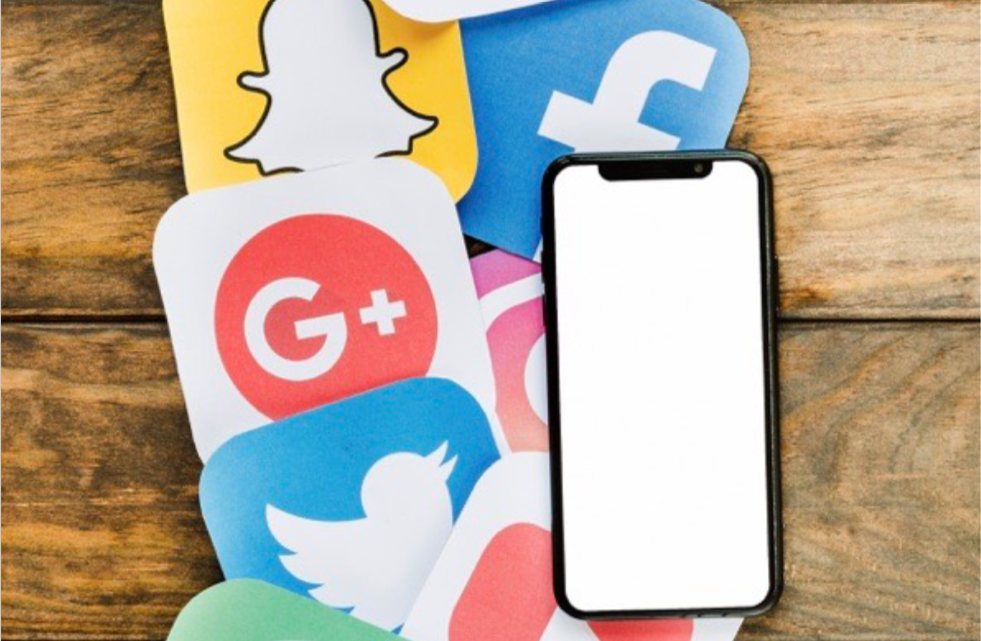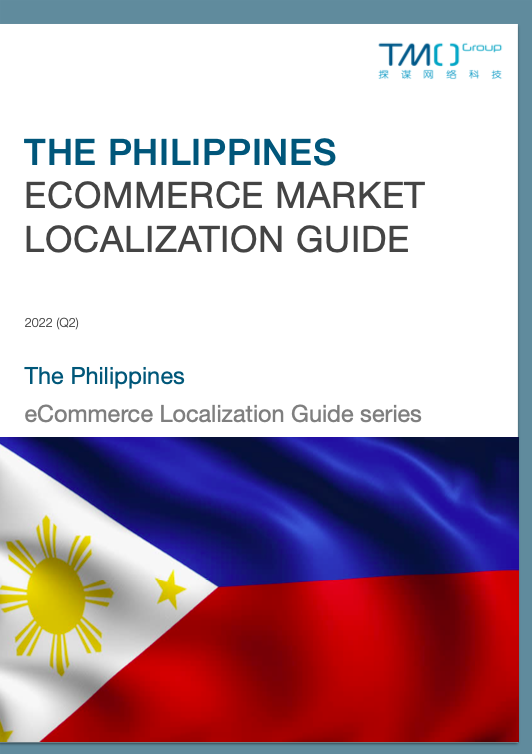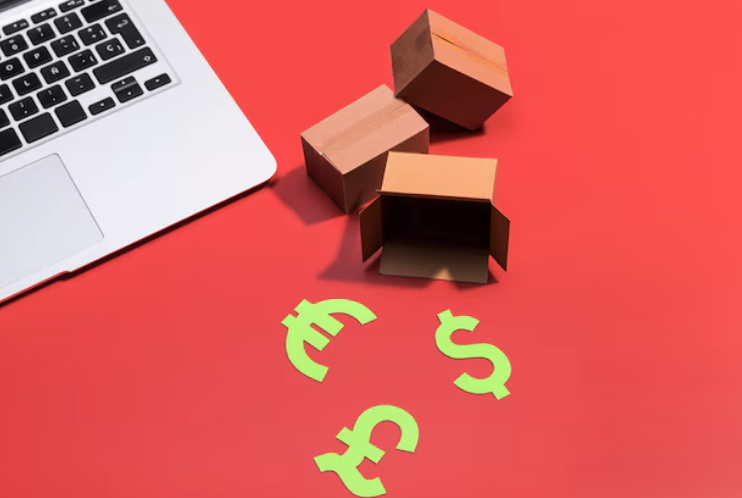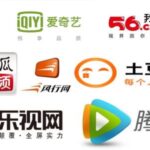This article continues our recent focus on the Philippines, from 2022 The Philippines eCommerce: Cross-Border Overview and InsightseCommerce is growing fast in the Philippines, but has even greater potential still. Read all about this exciting country, its market and logistics!general insights and analysis to a look at (2024) Top 7 Marketplaces in The Philippines for Businesses Selling OnlineWe ranked the 7 largest eCommerce platforms in The Philippines to give businesses looking to sell online a better understanding of the online landscape.the most popular eCommerce platforms in the country.
Filipino Consumers
The Philippines is home to a young and tech-savvy population with a cultural identity all their own. The Philippine melting pot infuses the local population with a range of influences that span the globe, perhaps more so than any other nation in the region. These diverse consumers are enthusiastic about modern mobile-enhanced lifestyles, eager to take part in the growing eCommerce industry, and keen shoppers in general. The audience is also fairly evenly distributed across gender lines - online shopping enjoys a 51:49 demographic ratio.
As the middle class grows in the Philippines, more people than ever are able to afford premium overseas brands. Local sentiment towards foreign brands has always been fairly positive - in fact, 72% of the top 50 brands in the country hail from overseas. This is due to both an acceptance of foreign products as a result of their history of cultural exchange, as well as a perception that foreign brands tend to be more reliably high-quality than local competitors.
Growth is picking up in eCommerce, but started only fairly recently. At the moment, estimates peg it at around 3% of total retail spending. It is expected to jump to 4.7% by 2025. Once leaders in the sector are able to bridge the consumer trust gap that does still exist to some extent in the Philippines, growth could be explosive, due to strong numbers for mobile, smartphone, and social media penetration.
Mobile and Social Media
Mobile penetration is high in the Philippines, as with much of Southeast Asia. Penetration sits at 98.8% for smartphones. Personal computer ownership is much lower, at only 38%, and Filipino interactions with eCommerce reflect this. 57% of online sales are made on mobile devices, while desktop purchases make up 38%.
Social media is experiencing a boom in the Philippines, jumping 13% from 2018 to a penetration rate of 82.4% in 2021. The most popular platforms are Facebook (96.2% of social media users being on the platform), Facebook Messenger (94.4%), Instagram (75.7%), and TikTok (67.9%). Most users are between the ages of 18 and 34, as is normal around the world. This is important to note, however, as that's also the demographic range that is most tapped into eCommerce. Therefore the social media boom in the Philippines has potential for leveraging into social media-enabled eCommerce. Sellers can realize this through advertisements or more direct social media selling.
Digital Marketing
Traditional channels such as TV and print advertisements still dominate advertising in the Philippines. However, online marketing is on the rise. Advertisers now devote a fairly respectable 21% of national advertising spending to Internet ads. In 2021, digital ad spending reached US$1220 million. This number is of course likely to increase as the Gen X and Millennial generations make up more of the population, as internet speeds and penetration increase, and as the market and industry develop.
The country's biggest online sales platforms, Lazada and Shopee, use buying holidays to promote their eCommerce marketplaces and boost sales. Additionally, these events spread word of mouth that may lead to further adoption of eCommerce among those on the fence. Each even has its own buying holiday, Lazada's Birthday Sale in late April and Shopee's Super Shopping Day in early September. This is in addition to a mix of local and international celebrations. These include Labor Day in May, the "Online Revolution" sale connecting the Chinese shopping holidays of 11.11 and 12.12, and the American sales holidays Black Friday and Cyber Monday.
Key opinion leaders (KOLs) or 'influencers' are becoming an essential tool for marketing in the digital space. These social media content producers grow from small fanbases to larger followings on platforms such as Facebook, YouTube, and Instagram. Fans generally trust them as more genuine in their recommendations than typical celebrity endorsements. These KOLs have a closer personal connection with their fans and so a greater sway over their opinions. As such, marketing experts in the Philippines are latching onto KOLs as parts of their strategies for targeting younger consumers.
If you want to know more about Philippine eCommerce, check out our new updated The Philippines eCommerce Market GuideThis in-depth primer aims to be your one-stop guide to the Philippine eCommerce market, including how to take your business there and succeed.The Philippines eCommerce Market Guide. In this guide we go into greater detail about a wide range of topics touching on every facet of eCommerce in the country and how to sell your products there.


